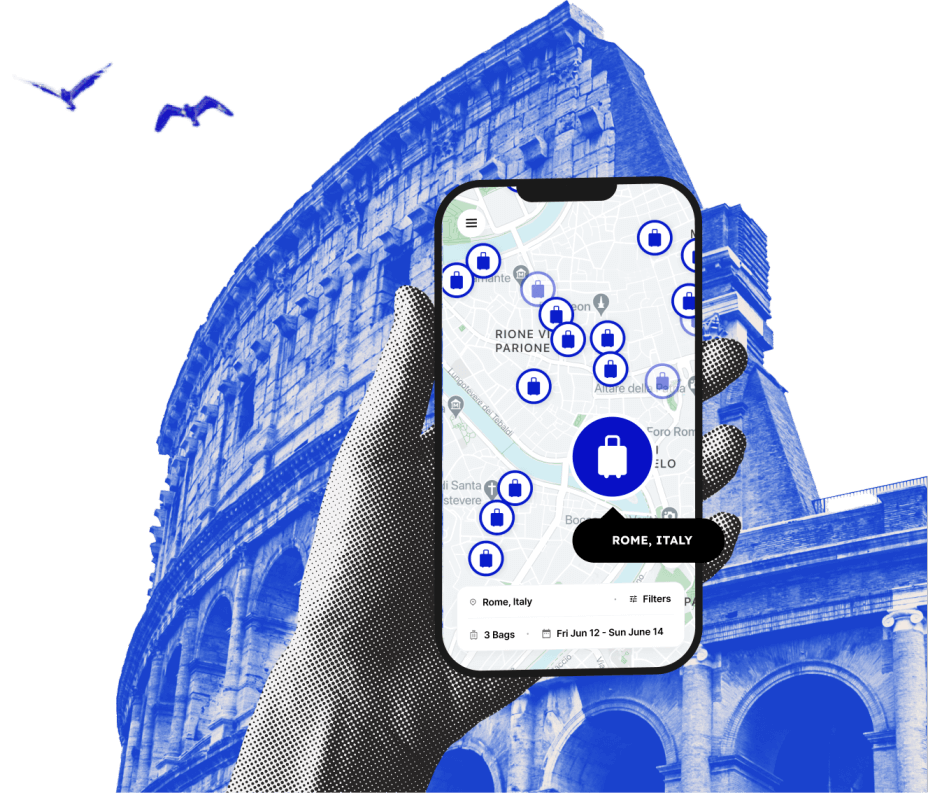The 15 Best Museums In Rome
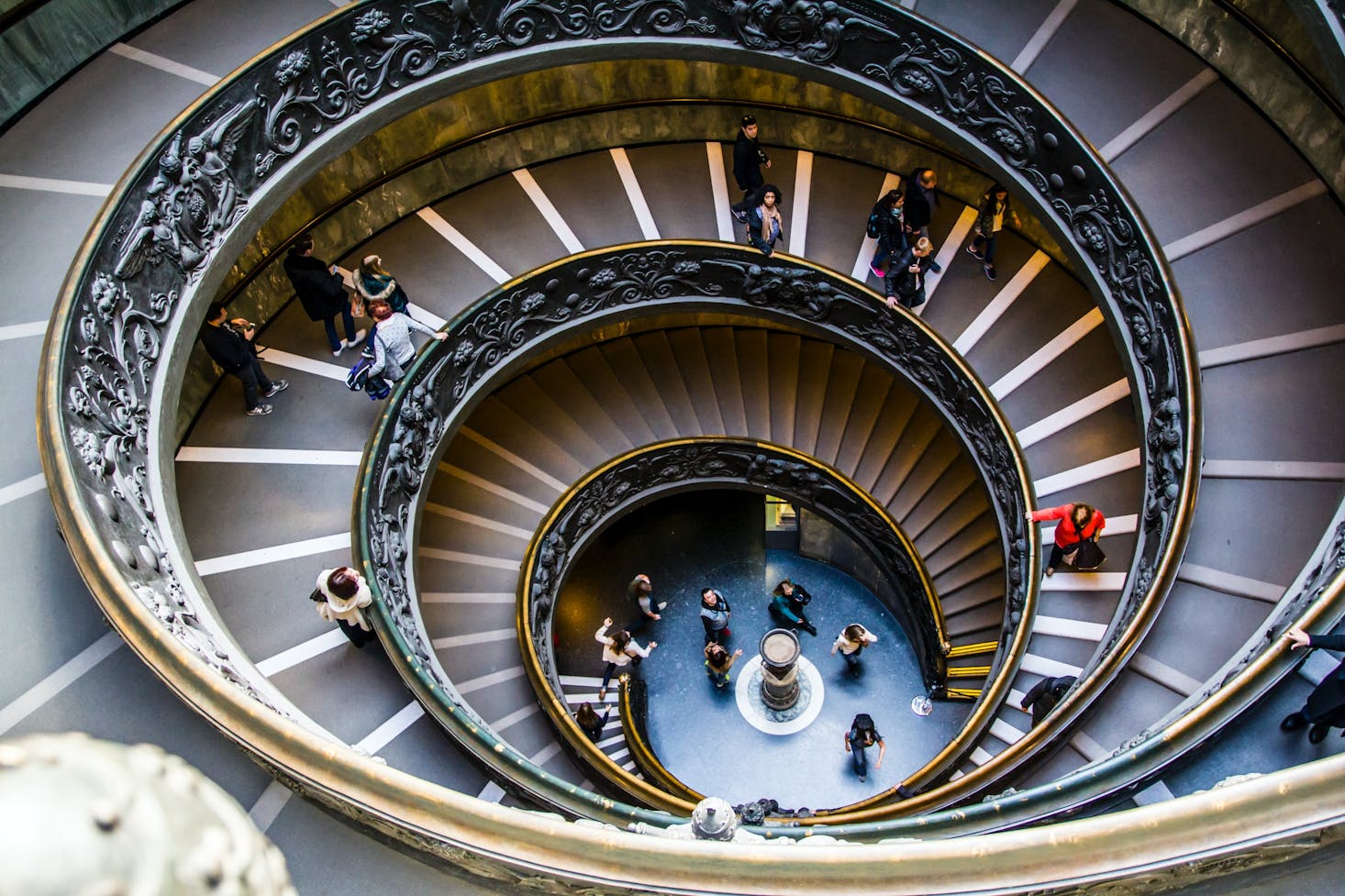
Rome; the former location of an ancient republic and empire, and the current capital city of Italy. This place is known as the Eternal City because of the incredible impact it has made around the world. This city is one of the places that, if you are lucky enough to visit, will give you an amazing experience that you will never forget.
There is so much to see and do in historic Rome, and you will have to make the most out of your time if you want to experience it all. Follow this guide to all of the best Rome museums to learn about the power this city held during the Middle Ages and during its time as an empire.
You can spend an entire day just visiting a few of the places on this list, so don't be slowed down! While you are out exploring you should leave your bags at a luggage storage facility in Rome so you don't have to carry them around with you.
Castel Sant'Angelo
This is formerly an ancient tomb built back in 125 A.D. by Emperor Hadrian. It is found near the Vatican Hill and was used as the burial place of many people, including Peter the Apostle and as the mausoleum of Hadrian himself. The building later served as a fortress and was used to defend the city, but is now a popular museum for locals and tourists.
Guided tours take place twice a day and will take you through the top exhibits in the museum. Your journey through the impressively decorated halls will show you displays of antique weapons, sculptures, ceramics and photographs.

Love discounts and traveling?
Sign up for our newsletter and get 10% off your next booking.
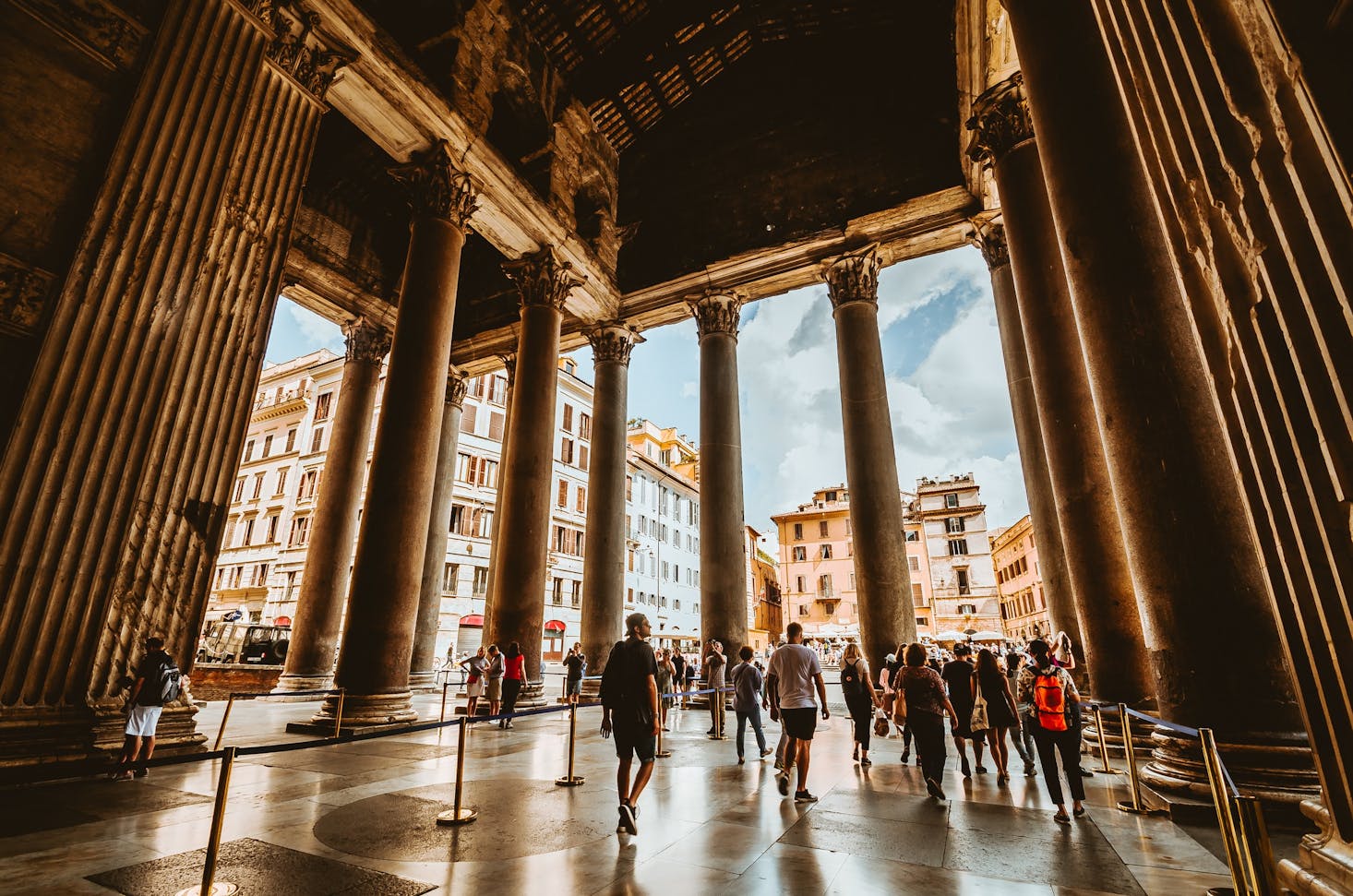
Palazzo Altemps
In the Palazzo Altemps, its main attractions are two statues; the first is the Galata Ludovisi, also known as the Ludovisi Gaul or Galatian Suicide and the second sculpture is the Ludovisi Battle Sarcophagus.
Other artworks in the museum that are still definitely worth seeing include the Throne of the Birth of Venus, the Courtyard, the Ludovisi Throne, and the Ludovisi Dionysus. The best way to see these ancient Roman statues is to invest in a guided tour, although you can choose to walk around the exhibits at your own pace.
The Colosseum and Palatine Hill
This is Rome's most visited museum and a UNESCO World Heritage Site. The building was made all the way back in 80 A.D. and was used by the public to watch games and gladiator matches until the 6th century. The structure is huge, and up to 75,000 spectators could be seen here at a time.
The first and second floors of the Colosseum, Roman Forum and Palatine Hill are all part of the same museum and are open air, meaning that you can learn all about ancient Rome while spending time outdoors. You can buy one ticket to get access to these three areas. Make sure to book your spot in advance because it is quite popular and can be busy.
Galleria Spada
This museum is housed in the Palazzo Spada which is also the homeplace of the Council of State. Cardinal Capodiferro built the palace back in 1540, and now its four halls host exhibits with sculptures and paintings dating from the 16th and 17th centuries.
In the gallery, you will find paintings by some amazing artists including Rubens, Hans Durer, Caravaggio, Guido Reni, Tiziano, Salvator Rosa and more. One of the exhibit's top attractions is a piece by Borromini which is actually an eight-meter-long corridor that uses an optical illusion to make it appear much longer.
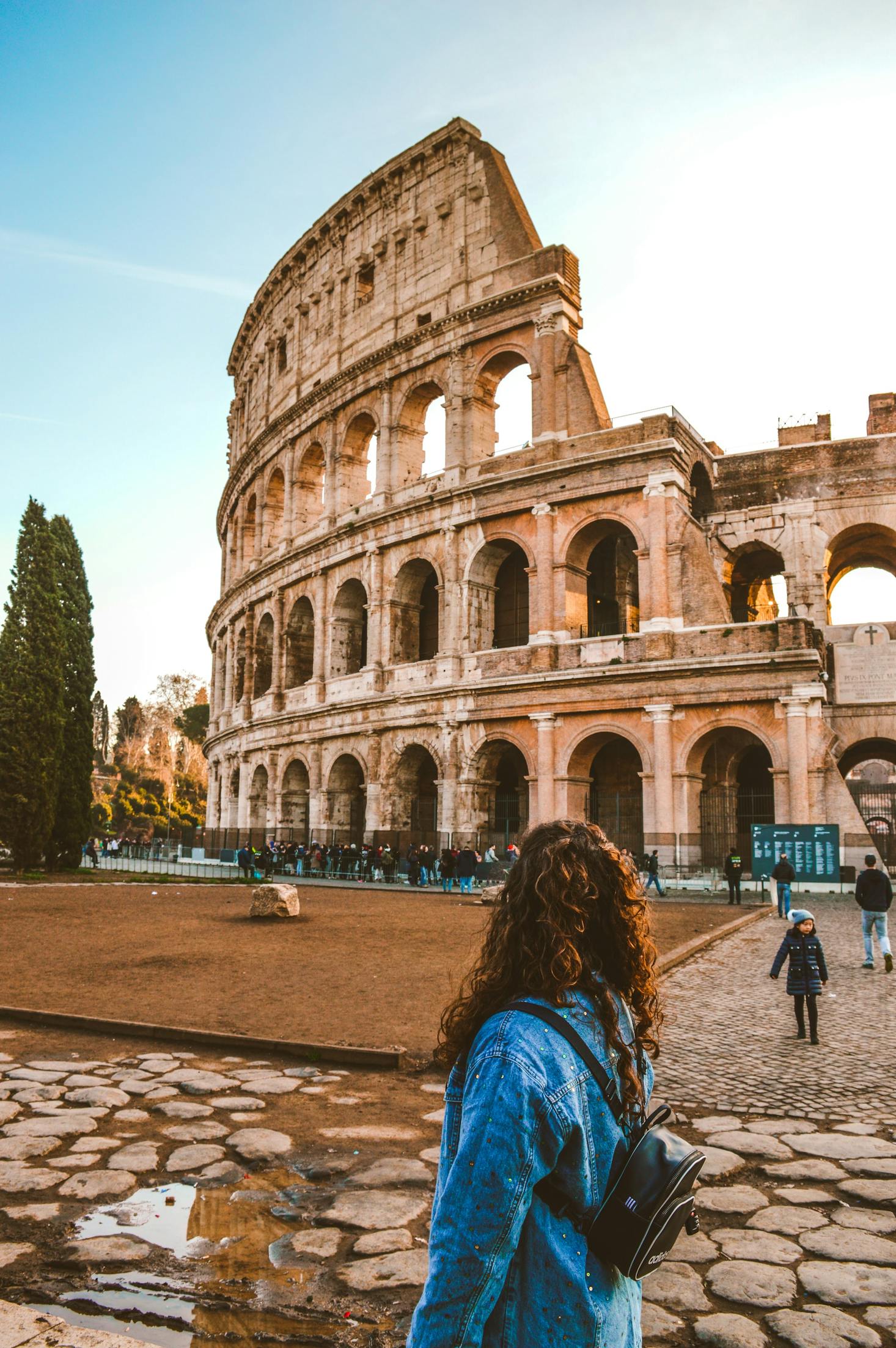
The Capitoline Museums
This museum takes up almost 13,000 square meters of space and is one museum. First opened by Pope Clement XII, it has been open for the public to explore since 1734 making it one of the oldest and first ever public museums in the world. When you enter the area you will see two gorgeous palaces; Palazzo dei Conservatori and Palazzo Nuovo.
The collection, which began with only an art gallery and some sculptures, has evolved and grown greatly over time. It now features pieces recovered from recent excavations as well as the original statue of Marcus Aurelius on horseback. A copy of the same statue can also be found at Capitol Square.
The Vatican Museums
The Vatican Museums are found in Rome's Vatican City and are extremely popular among tourists. With about 18 million visitors per year, these museums are the fifth most visited in the whole world. They were founded back in 1506 by Pope Julius II and span all the way from the Sistine Chapel for a total length of 7km.
The best way to see everything that the museums have to offer is by booking a guided tour, which you will have to get tickets for in advance because it can get very busy. In these museums, you can see amazing ancient art and impressively carved statues from the middle ages.
Complesso del Vittoriano
This exhibition space is home to the monument that was created in honor of Vittorio Emanuele, who was unified Italy's first King. Inside you will also see artwork from some of the world-renowned artists like Van Gogh, Giotto, Picasso, Mondrian and Chagall.
There are technically three museums found inside this building as well as an exhibition hall and a beautiful panoramic rooftop terrace. You can find the complex in the city center by Piazza Venezia. Check our guide for getting around Rome to see this museum and more.
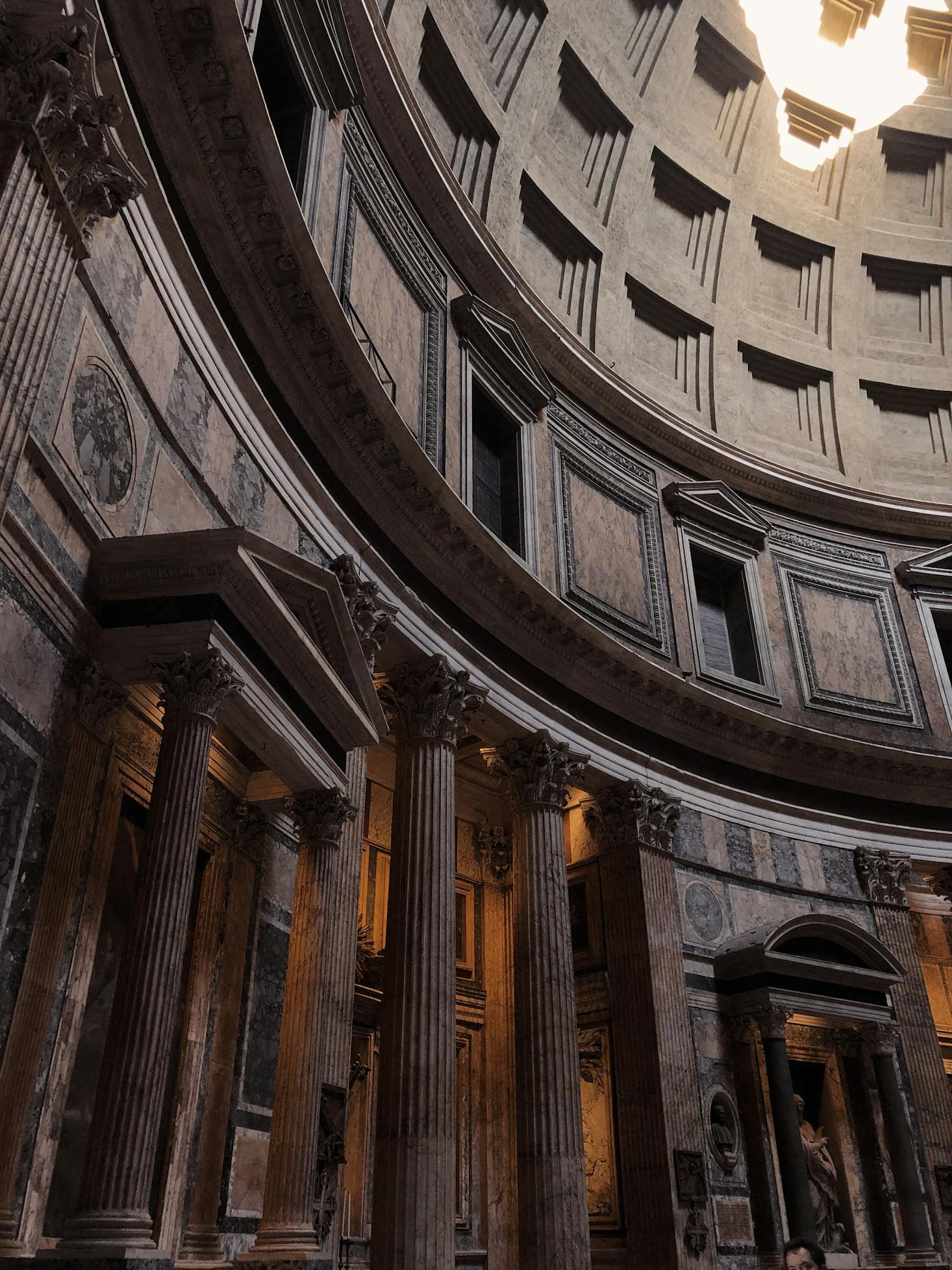
Galleria Borghese
Another one of the top museums in the city is found at the Borghese gallery. You can find iconic Caravaggio paintings and Bernini statues here that are sure to impress you. Other displays include works done by Lorenzo Lotto, Raffaello, Antonio Canova, Bellini, Pieter Paul Rubens and many more.
The building that houses this art collection was built in the late 16th century as a display of the Borghese family's wealth, who all added their personal collections to the museum. After Paolina, the sister of Napoleon I married into the family even more works were added, including the sculpture of Paolina as Venus Victrix.
The Stadium of Domitian
The Stadium of Domitian was used as a sports complex back in Ancient Rome. During its time up to 30,000 spectators could be seen participating in athletic competitions and today even more tourists can be found walking through it as a historic museum.
The establishment was constructed on the grounds of the Campus Martius in 85 BC by Emperor Domitian. Visit the area to see some of the remains found underground as well as a model of the original structure of the stadium.
The Palazzo Massimo Alle Terme
This place, also known as the Baths of Diocletian, used to be the biggest spa in the city during ancient times and was used by people in the immediate residential areas. Today you will find one of the city's leading archeological museums with a wide collection of objects and relics. The foundation of the original establishment can still be seen in the area as well as tombs, Greek and Roman art and sculptures.
The building that held the baths was also connected to the old Santa Maria degli Angeli e dei Martiri church. The baths are part of the modern Roman National Museums, and all four museums can be visited using one ticket.
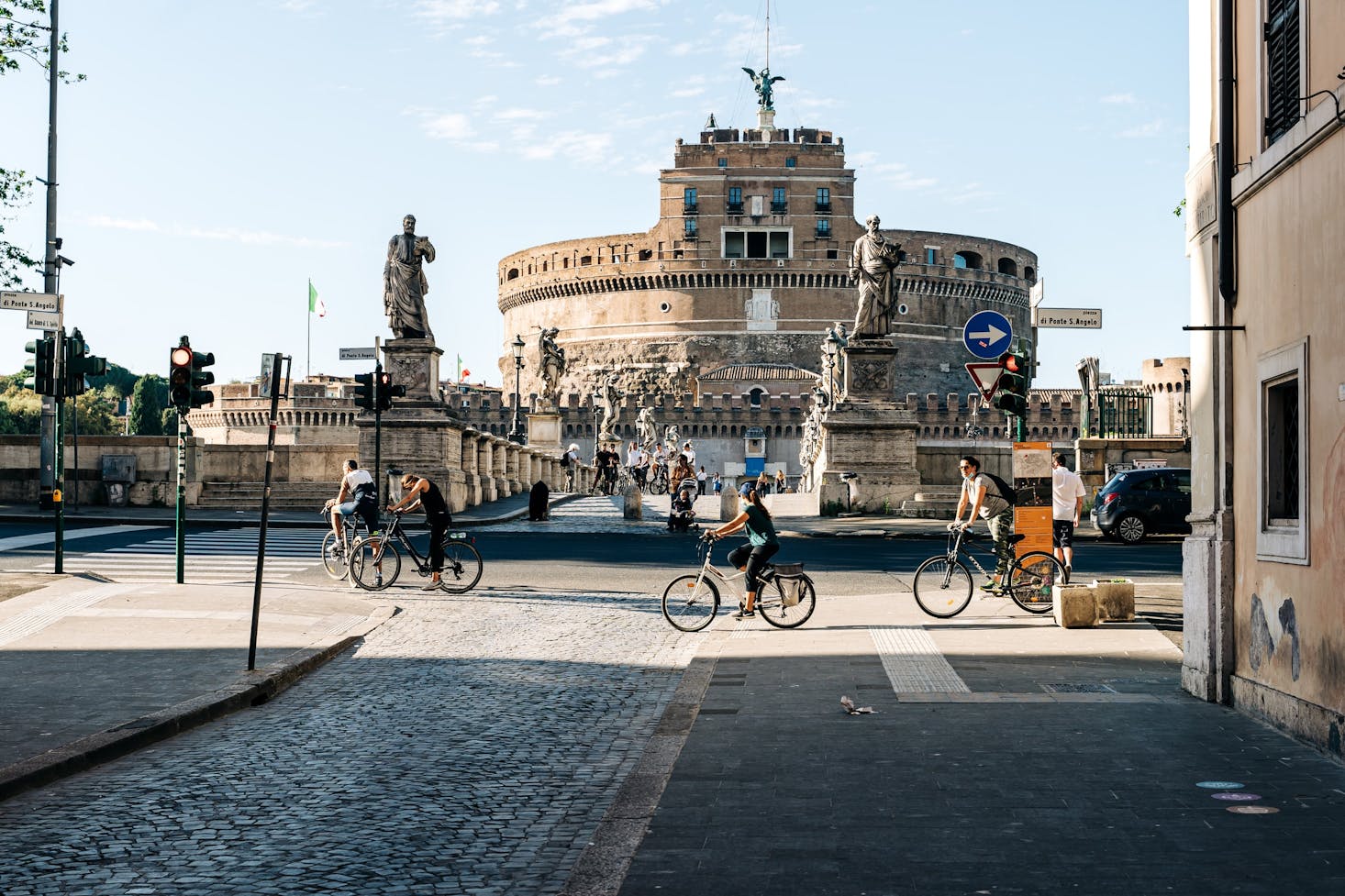
The Museum of Contemporary Art
If you have seen enough ancient artwork and want to look at some modern art, check out Rome's Museum of Contemporary Art. The establishment is fairly new, being built in 2009, and has a collection of contemporary paintings, sculptures, architecture and more.
The building itself is artistic and is a unique combination of concrete slabs, a glass front and floating stairways. Inside, the collection is pretty big with works by various artists from both inside Italy and elsewhere around the world. Most of the artwork was made within the last four decades.
The Museum of Imperial Fora
This museum was created in the 2nd century along with the Forum of Trajan, which was the city's first museum focusing on architecture. Here, you can learn about ancient ruins as well as the way that most of the local buildings have been reconstructed and decorated over the years.
In the museum, you can find some original pieces from the buildings and plaster casts in some interesting permanent and temporary exhibitions. The building that houses the museum had undergone many changes itself, but in the early 20th century most of the changes were reversed and it was brought back to its original form.
The Palazzo Barberini
The palace that houses this museum is one of the city's most precious, as it is an excellent example of the Baroque style. Maffeo Barberini Pope Urban VIII commissioned three people; Francesco Borromini, Carlo Maderno and Gian Lorenzo Bernini, to build the palace. It was made in the 17th century and became the official National Gallery of Antique Art in 1949.
On the first floor you will find some amazing pieces by Guido Reni, Fra Filippo Lippi, as as well paintings like the Fornarina by Raphael and the Judith Beheading Holofernes by Caravaggio. Another great sight is the spiraling staircase designed and created by Borromini.
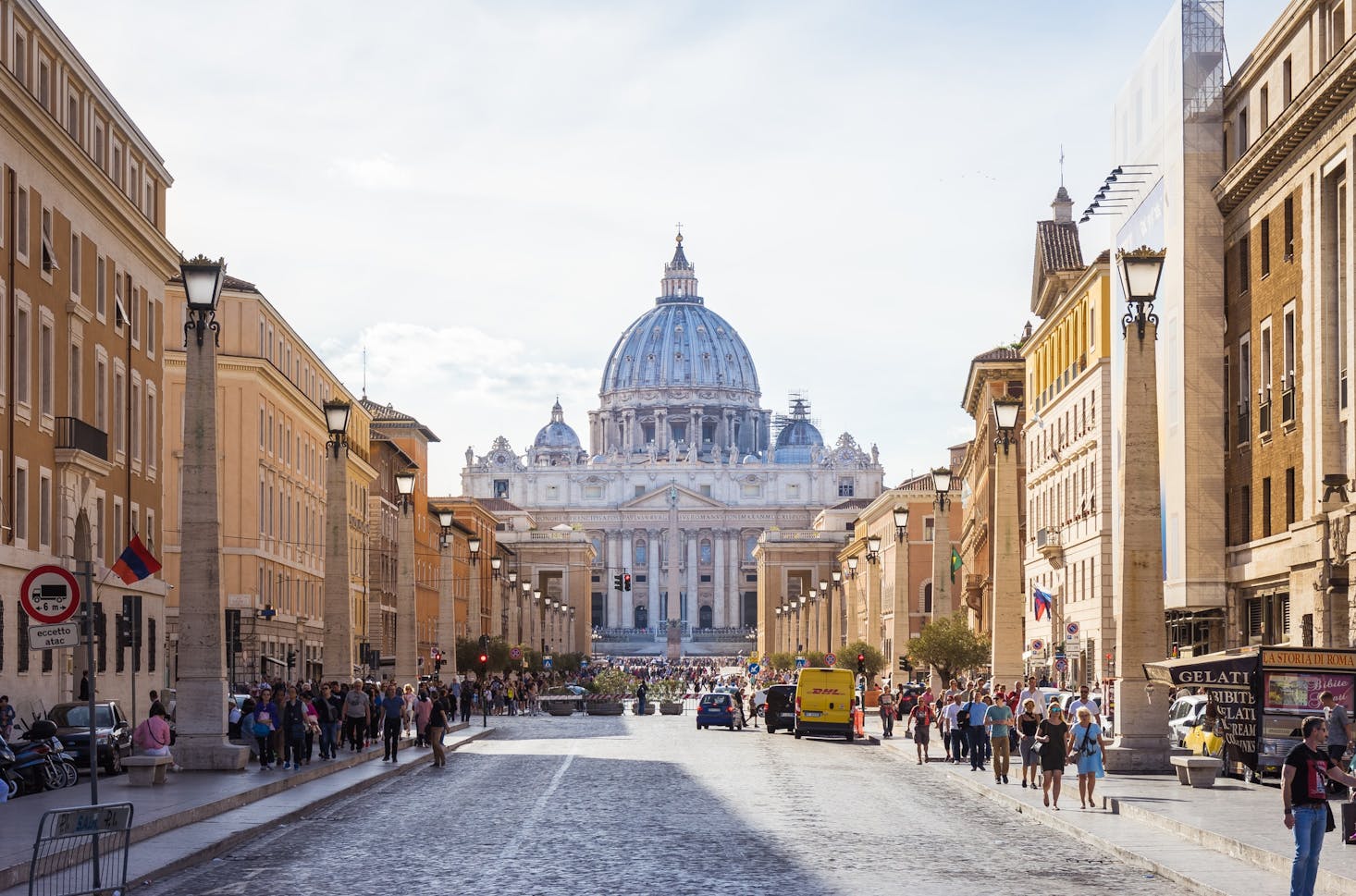
Keats-Shelley Memorial House
Take a break from all of the art museums, grab some brunch, and then visit this museum and memorial house. You can find the building near the Spanish Steps and it is the perfect place for literature lovers to spend an afternoon. The whole building is dedicated towards two talented English Romantic poets; Percy Bysshe Shelley and John Keats.
While exploring the different displays you will find books, manuscripts, letters and written memorabilia dating back to the era of the Grand Tour. One of the buildings that you can enter includes the room where John Keats passed away from tuberculosis, although the furnishings had to be replaced and the originals destroyed to stop the sickness from spreading.
Museum-House of Hendrik Andersen
Discover another museum dedicated towards a talented sculptor; the Museum-House of Hendrik Andersen. The building that you can find this museum in is the very place of residence of Andersen who lived here from 1925 to 1940.
Inside you will see a collection of his artwork and equipment, from sculptures and paintings to outfits and tools. Other displays include letters between him and Henry James, as well as his optimistic plans for a 'world city'. Hendrik Andersen's house was opened to the public as a museum in 1999.
What are the Best Free Museums in Rome?
Museum-House of Hendrik Andersen - If you are interested in the Museum-House of Hendrik Andersen, you will be happy to hear that entry is completely free!
Palazzo Massimo Alle Terme - This national museum usually has an entry fee, but on the first Sunday of every month you can get access to the exhibits at no charge.
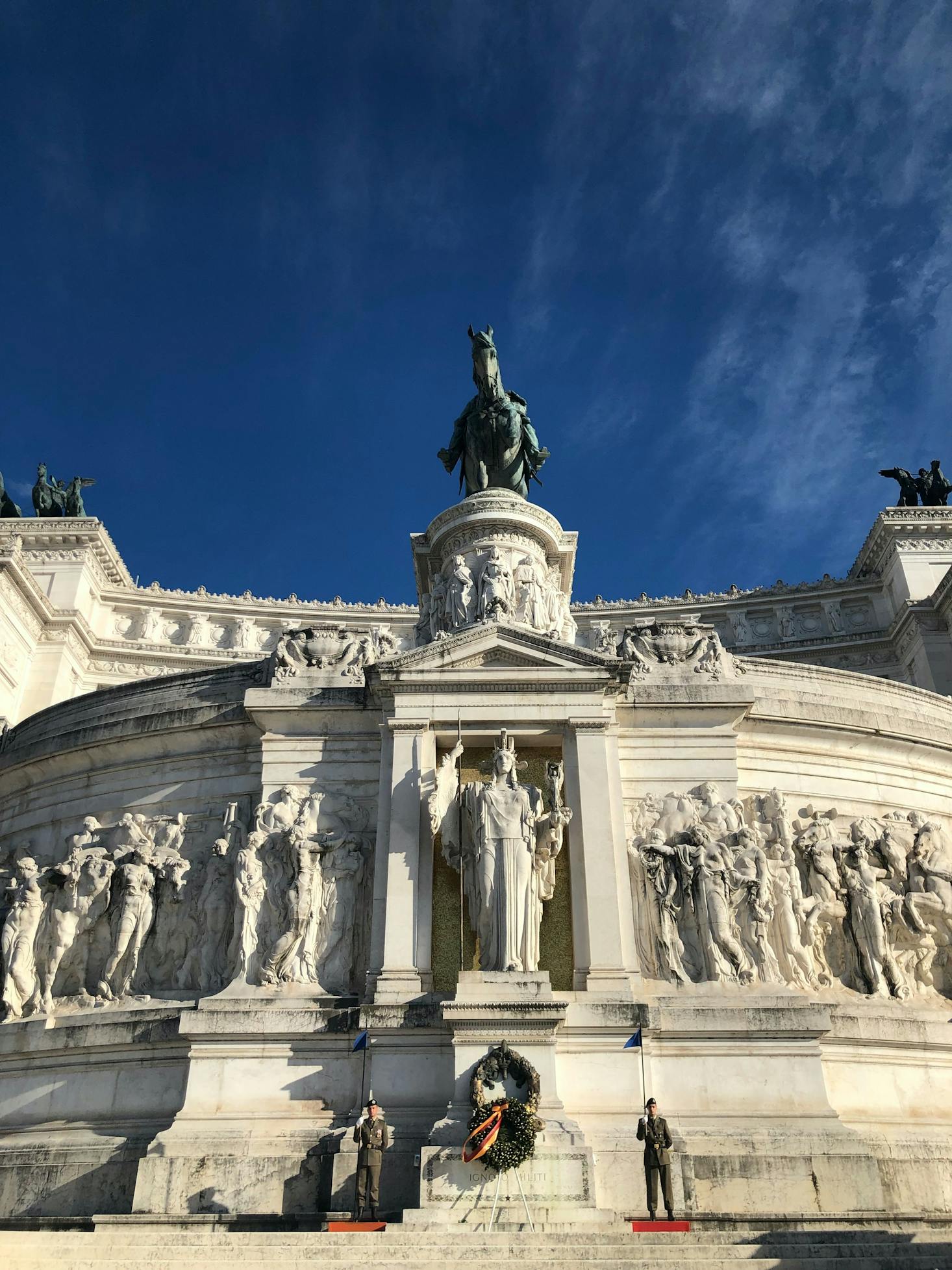
Which are the Best Museums in Downtown Rome?
Galleria Spada - Galleria Spada is found in the downtown area of Rome and is easy to get to from most places around the city.
Capitoline Museums - If you find yourself in downtown Rome make sure to stop by the Capitoline Museums!
Are There Any Cheap Museums in Rome?
Galleria Spada - The Galleria Spada is one of the least expensive museums on this list and a regular ticket will cost about 9.50 euros, which is just over $10.
Colosseum and Palatine Hill - This museum is slightly more expensive but is still affordable at 16 euros, or $18, for a general entrance fee.
Discovering Italian History and Culture
Rome is such an incredible city with a rich and interesting past, and there are so many great establishments and historic landmarks located around the city for you to explore. The museums listed above are only a few of your options, but there are so many more hidden gems to discover like the National Roman Museum, Palazzo Braschi, Museo Napoleonico, Museo Nazionale Romano or the Galleria Doria Pamphilj. We did not touch on Vatican City, but be sure to take a day there as well!
You can see beautiful art or ancient artifacts up close in Italy's museums, and some of them even offer free entry. Rome is a popular place to travel so make sure to book your tickets in advance or check the museum's specific website for more information.

Love discounts and traveling?
Sign up for our newsletter and get 10% off your next booking.
